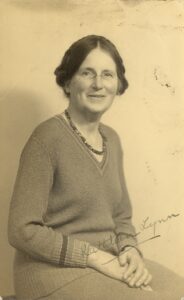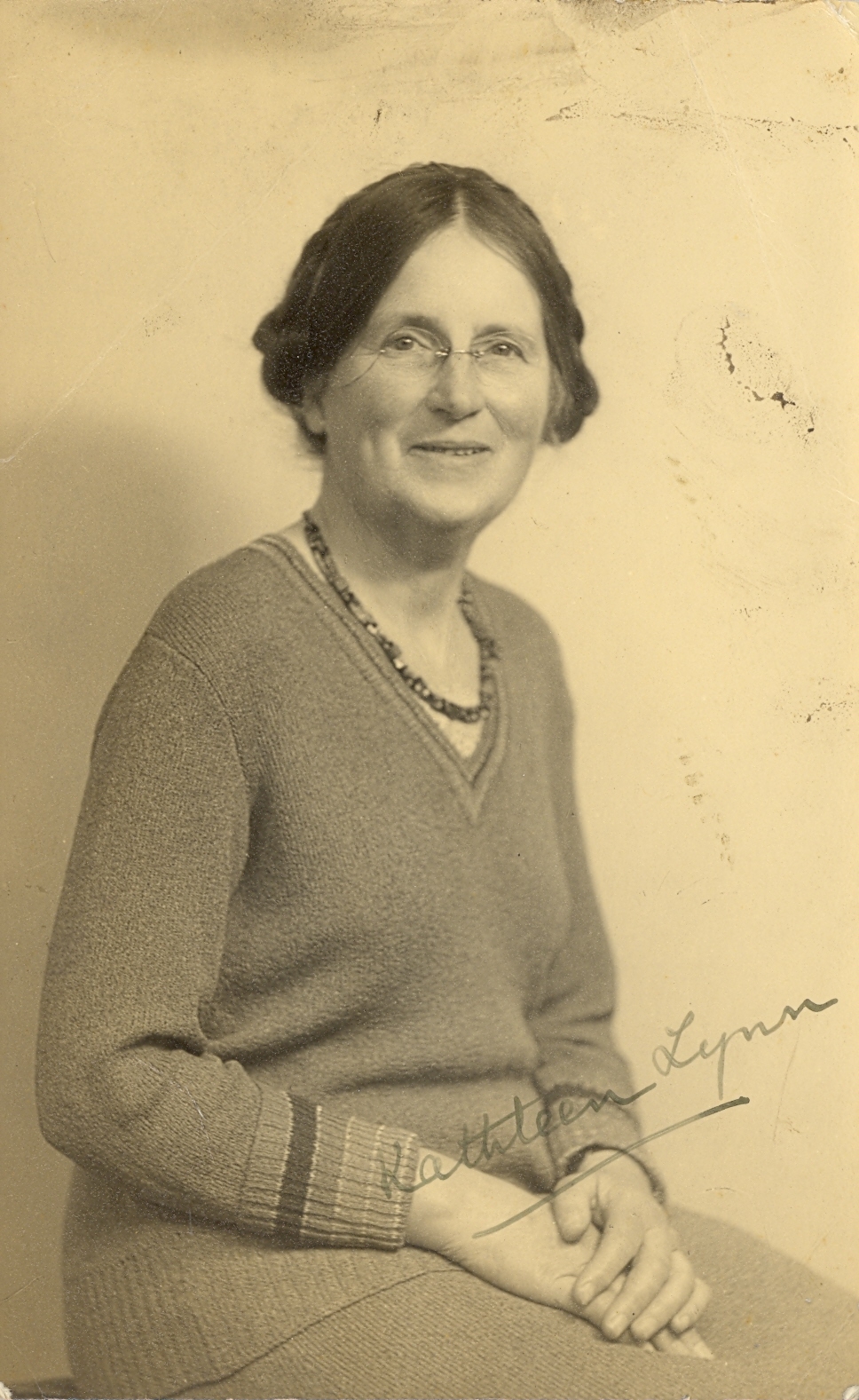The Most Amazing of Them All: Dr Kathleen Lynn
THE PULL AND THE STARS features an eclectic cast of women, in a Dublin hospital in 1918 during the Spanish Flu pandemic. One of the characters, Dr. Kathleen Lynn, is a real-life revolutionary in both Irish medicine and the fight for Independence. On this day, the 24th of April, in 1916, Dr. Lynn and her fellow Irish revolutionaries bravely fought in the Easter Rising. In THE PULL OF THE STARS, we get a glimpse into what life Dr Lynn may have led beyond those tumultuous days, and pay tribute to the incredible women of that time in Ireland.
In 1919 infant mortality rates in Dublin were 141 per 1000, considerably higher than any other city in Ireland or Britain. The struggles of life in the cold, damp, and unhygienic conditions of Dublin’s tenements had been exacerbated by the 1919 flu pandemic. In response to the dire need for medical care for infants, and their mothers, a group of female activists led by Dr Kathleen Lynn founded St Ultan’s Hospital for Sick Infants at 37 Charlemont Street in May 1919. When the hospital opened it had just two cots and only £90 in the bank. It would grow and develop, providing essential and innovative care to the children of Dublin for nearly seven decades.

Image of Dr Kathleen Lynn courtesy of Kilmainham Gaol Museum/OPW.
Kathleen Lynn was born in Mullafarry, Co. Mayo in January 1874, the daughter of Robert Lynn, a Church of Ireland clergyman, and his wife Catherine née Wynne. Growing up she saw the impact of poverty and hunger on the local population and was inspired by a local doctor to pursue a career in medicine. Lynn attended Alexandra College where she excelled academically and was imbued with the school’s teaching on practical philanthropy and the enhanced opportunities open to middle–class women in social and political causes. Lynn graduated in medicine from the Royal University of Ireland in 1899 and started work at the Royal Eye and Ear Hospital. By 1903, she had moved to 9 Belgrave Road in Rathmines, where she set up in private practice.
As her medical career progressed, Lynn became involved in political campaigns, initially around suffrage and the eradication of poverty. During the 1913 Lock Out she joined Countess Markievicz in the soup kitchens of Liberty Hall. Here she met James Connolly who invited her to become medical director of his newly founded Irish Citizen Army. Connolly would describe Lynn as ‘the most amazing of them all’. While providing First Aid training to the ICA in 1914, Lynn met the woman who would become central to her life, Madeleine ffrench-Mullen (1880-1944). From the time they met to ffrench-Mullen’s death in 1944 the two were rarely apart personally, or professionally. They shared a home in Rathmines and led an active social, political, and philanthropic life. A dynamic team, ffrench-Mullen oversaw the fundraising and administration of St Ultan’s Hospital, while Lynn spearheaded the medical care.
As referenced in the play, Lynn was ‘up to her neck in the rising’. She was stationed at City Hall, and when the British Army retook the building on the evening of Easter Monday, Lynn was arrested and imprisoned. In jail, she began keeping a diary, a practice she would maintain for the rest of her life. Her 1916 entries vividly describe the conditions of her imprisonment, the filth, lice-filled bedding, lack of heating, food, and sanitation. Her medical training comes through in her concern for the physical and mental well-being of the prisoners, especially when the executions began. Lynn was deported to England following imprisonment but was back in Ireland by August 1916. She remained active in the revolutionary movement, as Vice-President of Sinn Féin and a TD, although as an anti-treatyite she didn’t take her seat. In October 1918 she was arrested, but Laurence O’Neill, the Lord Mayor of Dublin at the time, petitioned to have her released as her professional services were needed to tackle the flu pandemic.
Lynn believed in treating the whole child; her patients were at the centre of her practice. She was rarely seen in the hospital without an infant in her arms and believed in the importance of holding and cuddling the child. St Ultan’s introduced many innovations in the care they provided, from electric breast pumps to Montessori classes for patients. A passionate believer in the value of fresh air, Lynn ensured the hospital had an outdoor sunshine ward. She also encouraged her colleagues to innovate, most notably Dr Dorothy Stopford Price who carried out the first BCG vaccination in Ireland in the hospital. Lynn’s diaries show her care for her patients; she records them by name or nicknames, celebrates their successes, and morns the loss of those who did not survive. Despite her many successes, Lynn was unsuccessful in one of her most ambitious plans, the amalgamation of St Ultan’s with Harcourt Street Hospital to create a National Children’s Hospital. Opposition from the Catholic Church, who did not want a secular hospital, proved insurmountable.
Dr Kathleen Lynn died on 14 September 1955. She was buried in her family plot in Deansgrange Cemetery with full military honours. Crowds lined the streets of Dublin on the day of her funeral as a mark of respect. Her diaries, which record her extraordinary life, are held in the archives of the Royal College of Physicians of Ireland. A digitised version of the diaries can be viewed online at heritage.rcpi.ie/Projects/Dr-Kathleen-Lynn.
Harriet Wheelock
Keeper of Collections
Royal College of Physicians of Ireland
This piece was kindly written by Harriet Wheelock for The Pull of the Stars programme, available to buy at the cafe, box office and bar at the Gate Theatre Dublin. To learn more about The Pull of the Stars, and purchase tickets, click here.
